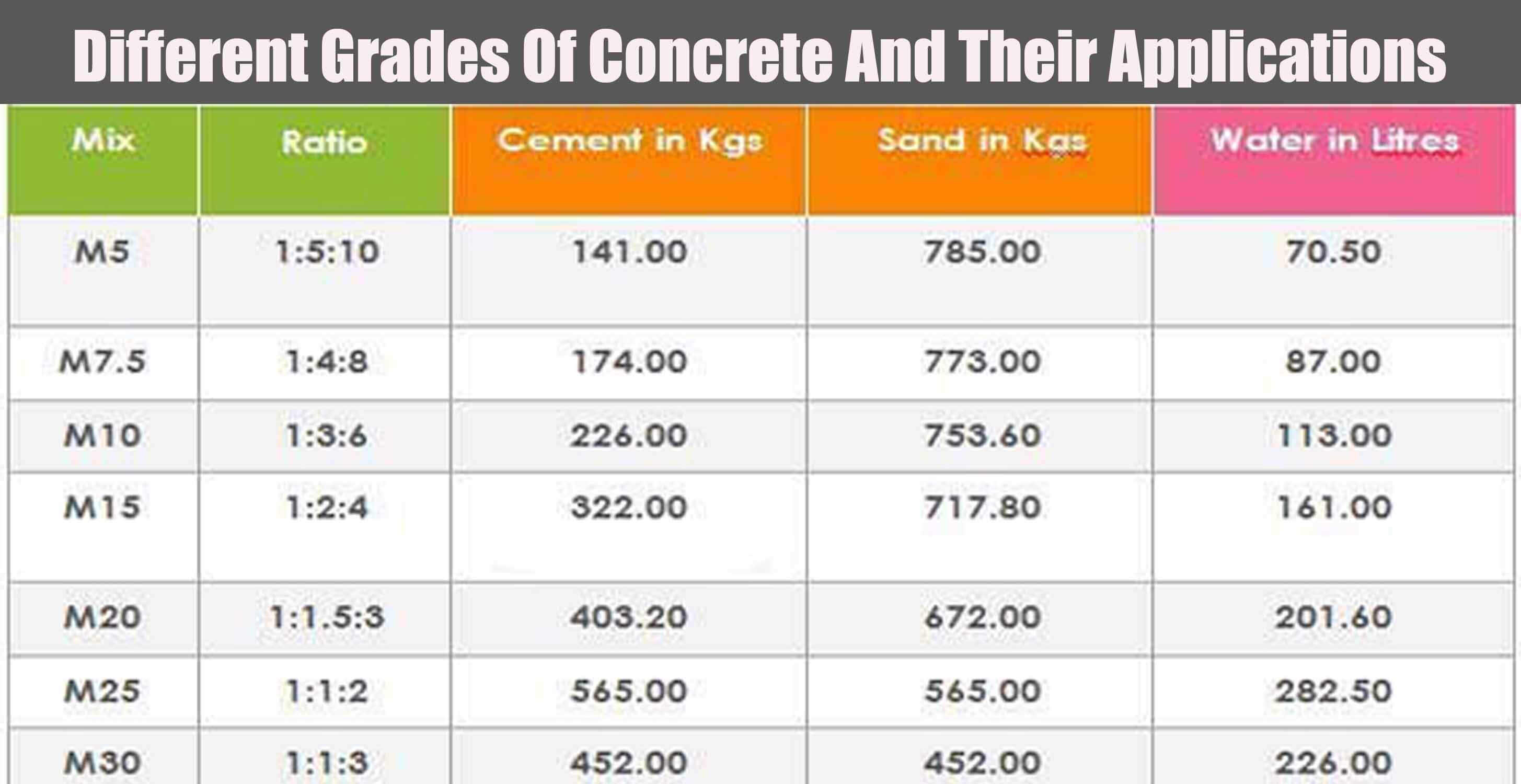Cement :-
In this Blog I will give you some basic knowledge on Types of cement & it's Use...So it's very important for a student , Who faced an interview & a site engineer also.Without cement construction work is Incomplete, It play a vital role on any types of construction.
- Density of Cement -1440kg/㎥
- kg in 1 bag of cement - 50 kg
 |
| Ultratech Portland Cement |
what is cement ?
- It is a binding material with Fine mineral powder, Which is use on construction.
Types of cement & It's Use / purpose :-
- Ordinary Portland Cement (o.p.c)
- Rapid Hardening Portland Cement
- Sulphate Resisting Cement
- Low Heat Cement
- Quick Setting Cement
- Portland Pozzolana Cement (p.p.c)
- High Alumina Cement
- Colored Cement
- White Ordinary Portland Cement(w.o.p.c)
- Air Entraining Cement
- Hydrophobic Cement
- Expansive Cement

Ordinary portland Cement
- Ordinary Portland Cement :- Commonly used for all types of Construction work. mainly it used in residential building construction work in which special types of cement not required.
- Rapid Hardening Cement :- It types of cement used where high strength construction work is required first.Like[ road pavement works,precast concrete casting (Beams, Columns etc)].
- Sulphate Resisting Cement :- when concrete is Direct contact with the soil ( Which have high sulphate content).Like [Pile foundation ,in coastal area works, Sewage & water treatment plants] etc.
- Low Heat Cement :- In this Types of cement used in mass construction (dam) & also high resisting area .Like [marine construction ,Retaining wall concrete].
- Quick Setting Cement :- In this type of cement is used where the setting time of cement is done quickly mean while the work should be done quickly.Like [in under water construction, in cold & rainy weather condition].
- Portland pozzolana cement :- This type of cement is very cheap & affordable .It gains high compressive strength .It mainly used in building construction where strength required with age.
- High Alumina Cement :- This cement is used in construction of refinery factory or other workshop type of structure .
- Colored Cement :- This type of cement is used where it is required for floor finishing & Artificial marbol.
- White ordinary port land cement :- This types of cement is used as base coat before painting & to cover the hairline cracks on concrete surface to give smooth finish.
- Air Entraining Cement :- This type of cement is used to fillup the gap or crack in concrete ( to repairing )which produces excessive amount of water after the casting .
- Hydrophobic Cement :- It is useful wet climatic conditions like when cement is stored for longer duration in wet climatic conditions.
- Expansive Cement :- This types of cement is expands & increases in volume while setteled . used to avoid the shrinkage of concrete.Like used in hydraulic structures.
 |
| Ordinary portland Cement |
![CIVIL ENGINEERS PRATICAL WORKS [CEPW]](https://blogger.googleusercontent.com/img/b/R29vZ2xl/AVvXsEiwbL8qvHIvcD-VbNnj7XzGgw2huGCz5tOjMjXur50VnS9mtzA1bLNVIPXiC5Kx-i9x01XHo_Ybn2tZWOjx_zSprYrCevwMt2vRkAFdXgXEpFKDJHvb4IdX0VLA36v84o8VoBL7KRDGXQ/s1600/logo.jpg)
![[30] Basic knowledge For Every Site Engineer :-](https://blogger.googleusercontent.com/img/b/R29vZ2xl/AVvXsEha7BoHlJnCo6jtzCcqr5FYQnFMQ0Yxs91sfeRqdb2mGsweXIizWuzPNbkugE5n3-T7n-5l2CQLxrBjQjYQLmxHaEbtqSGjf5ZCU6sObECfV8fKyvMB6JkykuUEplRx0uin1xf8l-UAcg/s400/Untitled.png)



![[Top 20] L&T Interview questions for FRESHERS :-](https://i.ytimg.com/vi/rT_DtY6to5c/hqdefault.jpg)
![[MOST] IMPORTANT KNOWLEDGE FOR ALL CIVIL SITE ENGINEERS:-](https://theconstructor.org/wp-content/uploads/2016/02/column-forms-formwork-for-reinforced-concrete-columns-600x315.jpg)

/concreting-formwork-for-the-foundation-857756224-5b7ed9cdc9e77c00573a1357.jpg)





